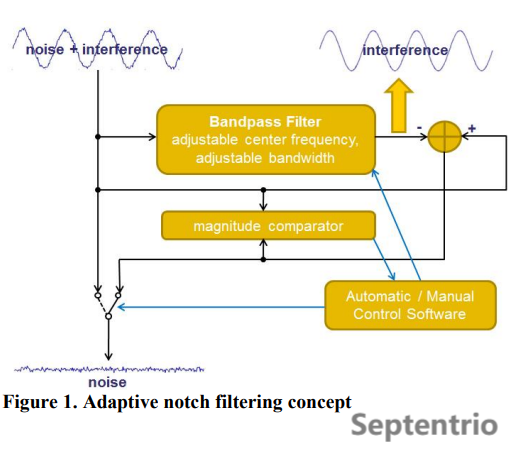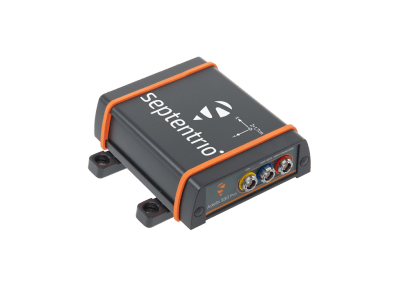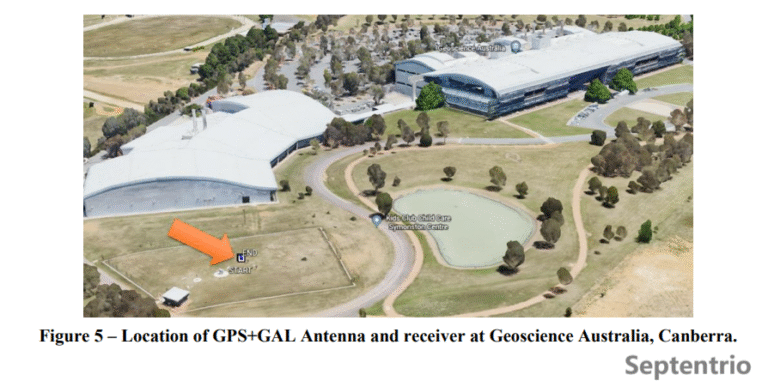Septentrio Redefines High-Precision Positioning with SIGIL Technology: Resilient GNSS Receiver and Anti Jamming GNSS Innovations
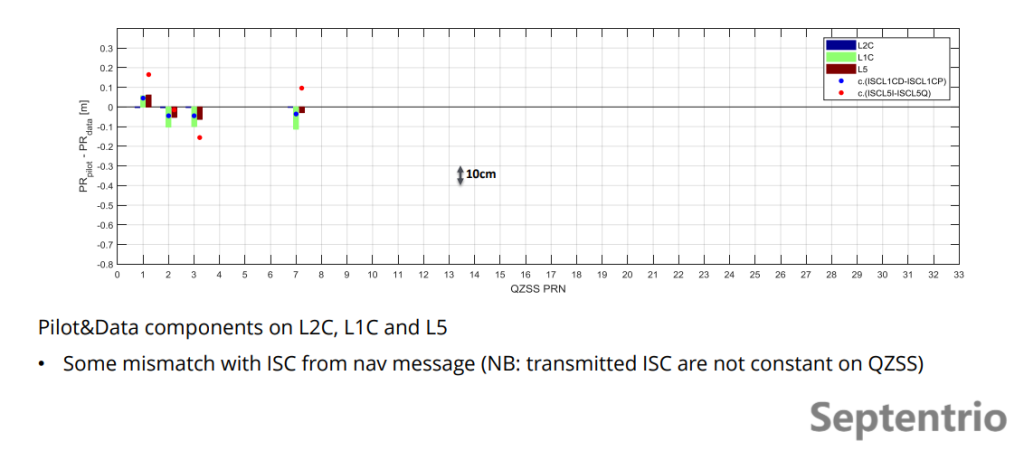
In scenarios such as mobile mapping, autonomous driving, and unmanned aircraft navigation, centimeter-level positioning accuracy and 0.01°-level attitude accuracy are industry necessities. However, complex environments such as urban canyons, dense vegetation, and multipath interference severely restrict the reliability of traditional RTK(Real-Time Kinematic Positioning) and Inertial Navigation System(INS). In response to this challenge, the global high-precision GNSS technology leader Septentrio and the inertial navigation expert iXBlue jointly launched the SIGIL(Septentrio-iXBlue GNSS Inertial Link) technology, creating a new paradigm of GNSS/INS tight coupling.
The traditional tightly-coupled scheme requires the fusion of GNSS and INS data into a single filter, resulting in a sharp increase in algorithm complexity and real-time processing pressure. Innovatively, SIGIL adopts a bidirectional data interface. While maintaining the independent filters of GNSS and INS, it realizes high-precision data interaction: INS dynamic prediction empowers RTK ambiguity resolution: Utilizing the 200Hz high-frequency motion data of INS, it provides sub-centimeter-level position change predictions for the Resilient GNSS receiver, significantly reducing the search space of carrier phase ambiguity(improving the accuracy to within 0.5 cycles)and accelerating the convergence speed of the fixed solution(experimental data indicates that the availability of the fixed solution increases from 31% to over 45%). GNSS feedback optimizes the long-term stability of INS: The high-precision position/velocity information of GNSS corrects the cumulative error of INS and suppresses the drift of inertial navigation(tests show that the P99 3D error is reduced by more than 50%).
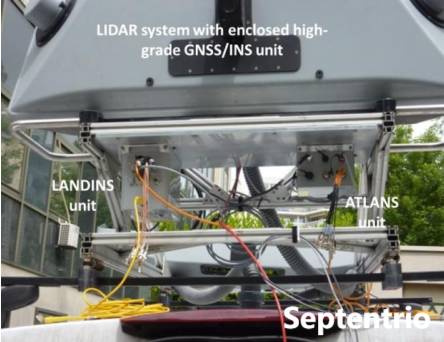
Upgraded Anti Jamming GNSS capabilities: In complex environments,multi-path effects and signal occlusion can easily lead to GNSS measurement deviations. SIGIL precisely identifies abnormal satellite signals through residual analysis and hypothesis testing mechanisms, combined with the INS short-term noise model: Dynamic residual monitoring:Compared with traditional solutions, the SIGIL-assisted GNSS engine can detect a more realistic measurement error distribution and avoid incorrect ambiguity fixation caused by insufficient redundancy. Robust quality control: Even if some satellite signals are interfered, the system can still maintain high-precision positioning through INS assistance(in the test, the P95 error was optimized from 13.4 cm to 11.5 cm).Closed-loop iterative optimization, continuous performance improvement SIGIL supports both open-loop and closed-loop dual modes: In the closed-loop mode, GNSS and INS mutually optimize through real-time feedback, forming a positive enhancement cycle(experiments show that the closed-loop error is further reduced by 10-20%compared to the open-loop).
The Septentrio AsteRx3 receiver mentioned in the paper is a benchmark product of Septentrio’s early high-precision RTK module. With technological iterations, Septentrio has launched the new-generation AsteRx-i series and AsteRx U series modules, fully supporting multi-frequency and multi-constellation(GPS/Galileo/GLONASS/BeiDou/QZSS) and integrating the following upgraded features: 1. Anti Jamming GNSS technology: AIM+(Advanced Interference Mitigation): Through adaptive filtering and spectral analysis, it suppresses broadband noise, narrowband interference and spoofing signals to ensure signal reliability in complex electromagnetic environments.2.High-precision positioning and orientation integration:Multi-antenna fusion technology: Supports dual-antenna/multi-antenna configuration,achieving a 0.2° heading accuracy in dynamic scenarios(such as the Septentrio AsteRx-U series), meeting the requirements of autonomous driving and agricultural machinery control.3. Open architectureand flexible integration: PPSDK development kit: Provides open-source API and post-processing toolchains, supporting customer-customized algorithms(such as the GNSS/INS interface in the SIGIL technology).
Septentrio has redefined the boundaries of GNSS/INS tightly coupled through SIGIL technology, pushing the reliability of high-precision positioning to a new height. Combined with the multi-frequency Anti Jamming GNSS capability and open architecture of the new generation of Septentrio AsteRx-i/U series modules, Septentrio is continuously providing all-weather and all-scenario high-precision positioning solutions for fields such as surveying and mapping,transportation,and agriculture. In the future, with the further upgrade of the Septentrio Mosaic-X5 multi-constellation engine and the Al-driven anti-spoofing algorithm, Septentrio will continue to consolidate its leadership position in the global GNSS technology field.



